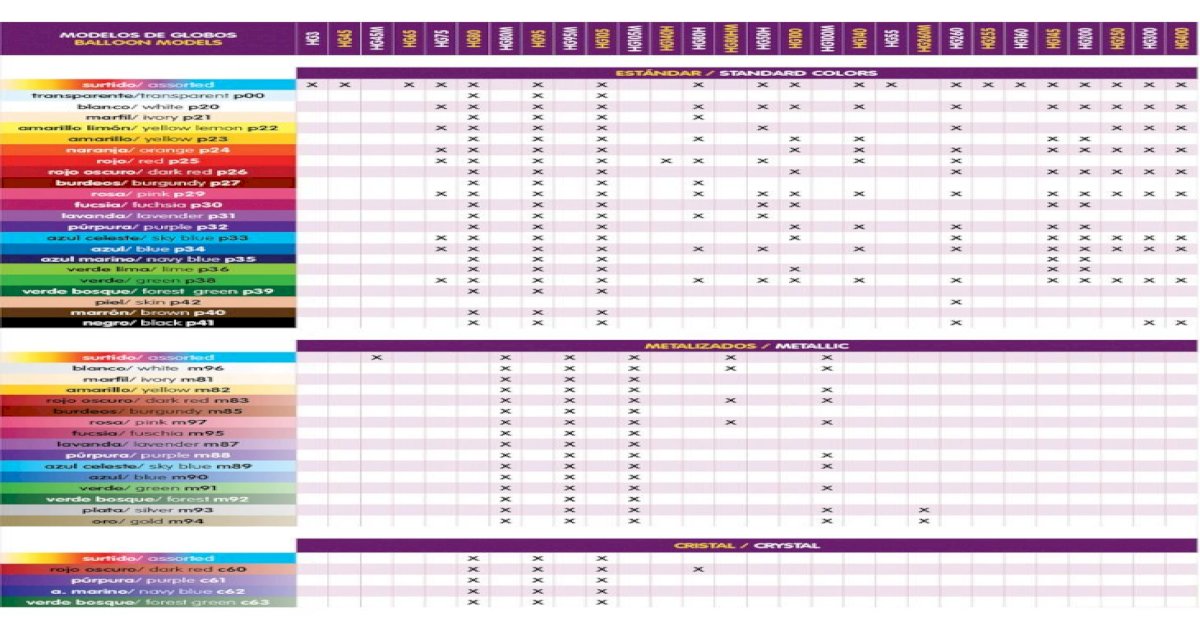Updating the KO Moto controller is a simple process that can be performed using your pc/laptop connecting via the USB Bluetooth adapter. The first step is to connect to your controller (process described on the previous tutorial page and video). Once you are connected to the controller you need to navigate to the controller parameters tab (the second tab along the top navigation menu). After the device is opened, turn it on and look for a blinking led on the circuit board inside of the device. If you see a blinking led, the device should be good and the firmware is running fine, you may close the device and double check the troubleshooting instructions. We only want to open the device if it’s absolutely necessary, so to make sure, please reset ping-viewer settings, and connect the device to the computer again.

Your 3D printer may or may not have a bootloader, depending on what printer you have. The M115 command is basically a command for “requesting the firmware version and capabilities of the current microcontroller or mainboard. It can be entered in the terminal window of any software that can send your 3D printer G-Code commands.
- Once you finished modifying the settings, you can click on “Sketch” and “Verify/Compile” right afterward.
- If you want to load new firmware you will need to follow steps 2-7 again (you cannot use Mission Planner to load firmware).
- This board does NOT need any special folder structure for its firmware to be flashed.
- This cable normally goes to the specific socket on a V4+ mainboard(as shown below).
- Even if you’re not in the market for a diminutive arcade experience, the information that [wrongbaud] has collected here is really phenomenal.
1 – using the pre-compiled HEX file and XLoader. 2 – using the dropController sketch with the Arduino IDE. The process they propose is twofold and might need different settings on other machines1. Spots where I assume you might need to adjust are noted withA. Recent versions of ArduPilot (Copter-3.6, Plane-3.9, Rover-3.5) run on relatively small, non-Pixhawk, autopilots using the ChibiOS operating system. Examples of these boards include the OpenPilot RevoMini, Mateksys F405-Wing and Omnibus F4 Pro.
Software is more complex and not as bound to the underlying hardware. Today, stock ROMs embedded firmware exists in everything from smartphones to internet of things (IoT) devices. It is often included in devices not traditionally thought of as having computer control. Firmware is installed directly onto a piece of hardware during manufacturing. It is used to run user programs on the device and can be thought of as the software that enables hardware to run. While the term “firmware” still holds a very specific meaning, there’s very little reason to use it outside specific technical contexts. The lines between firmware and software have blurred over time, especially as firmware has become more updatable.

